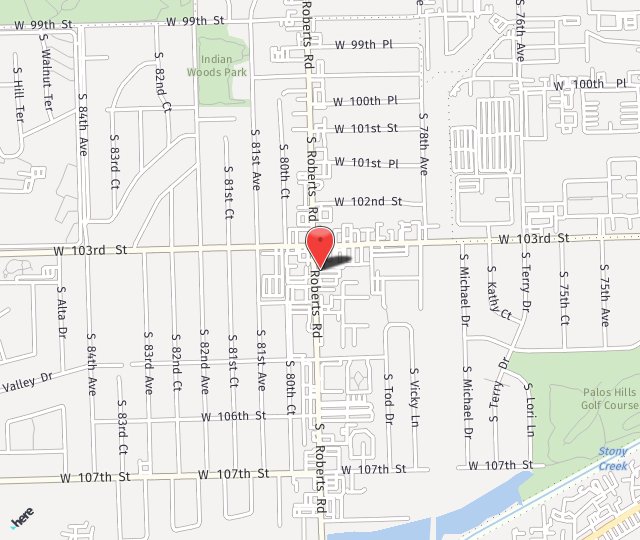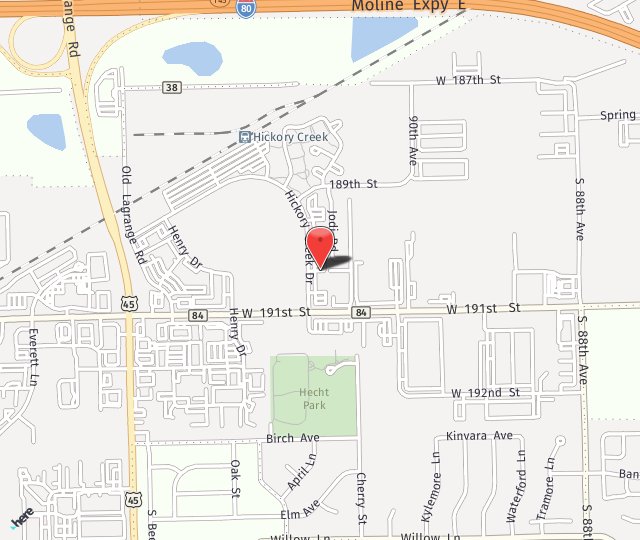Collateral Ligament (MCL) Injury Overview & Treatment Options in Chicago
With convenient locations in Palos Hills and Mokena, IL
About Collateral Ligament Injuries
There are two collateral ligaments: the lateral collateral ligament (LCL) and the medial collateral ligament (MCL). The LCL can be found on the outer side of the knee joint, where it prevents the knee from bending outward. The MCL is found on the inner side of the knee. When a collateral ligament injury is sustained, it can lead to a number of symptoms and potential complications.
Causes and Risk Factors
Collateral ligament injuries often occur during activities that result in significant amounts of stress being placed on the knee joint, such as:
Bending: Bending, which involves flexing the knee joint, is a common activity that can contribute to collateral ligament injuries. When the knee is repeatedly bent or hyperextended, it can place excessive pressure on the LCL and MCL, increasing the risk of injury, particularly in situations where the movement is forceful or sudden.
Sudden changes in direction: The abrupt shifts in movement direction can place considerable stress on the LCL and MCL, particularly if the knee is not adequately supported or if there is excessive force.
Impact or collision: Forceful impacts to the knee are commonly encountered in contact sports or as a result of accidental falls or collisions and can exert significant force on the knee joint.
With this in mind, sports such as football, skiing, and soccer are known to pose a higher risk for collateral ligament tears due to the nature of the movements involved in these activities.

Identifying Symptoms
Symptoms of a collateral ligament injury may include:
- Pain
- Swelling
- Tenderness
- Bruising
- Feeling of instability or like the knee is giving out
These symptoms, especially the feeling of knee instability, can persist even after patients resume their normal activities. If this occurs, it is time to seek medical attention.
Diagnosis and Treatment
Dr. Bedikian will evaluate your injury by first asking about the symptoms you have been experiencing. He will also assess how well the knee is able to move while checking for other signs such as swelling. Diagnostic tests such as X-rays, MRIs, and ultrasounds may also be used to confirm the extent of the injury.
When the injury is considered severe, surgery may be required, especially if other parts of the knee are damaged along with the collateral ligament, like the anterior cruciate ligament (ACL) or meniscus.
For individuals who have experienced a collateral ligament injury, it is essential to seek prompt medical attention and follow a rehabilitation plan to recover from the injury and minimize the risk of re-injury.
Recovery
The recovery period depends on the severity of the tear, with grade III tears potentially requiring several months for healing.
Modern Practice with Modern Solutions
Our state-of-the-art clinic is home to advanced tools and techniques such as robotic-assisted surgery and arthroscopy for joint procedures.
Is it Possible to Prevent Collateral Ligament Tear?
These injuries cannot be entirely prevented; however, patients can take specific measures to help reduce their risk of tears, such as:
- Using a knee brace for added support during sports activities
- Ensuring proper alignment of the knees during rigorous physical activity
- Incorporating stretching and conditioning exercises to enhance strength and flexibility
Including these preventive measures in your routine can improve the health and range of motion of the knees, which may reduce the risk of sustaining a collateral ligament injury.
With proper care and guidance, individuals can successfully navigate the recovery process and regain the stability and functionality of their knee joint.
Contact Sarkis Bedikian Orthopedics Today
It is important for individuals involved in physical activities to understand the nature of collateral ligament injuries, including their associated risk factors, symptoms, and treatment options. By prioritizing preventive measures and seeking timely medical intervention, individuals can mitigate the impact of these injuries. To schedule a consultation with Dr. Bedikian, contact our office today.



